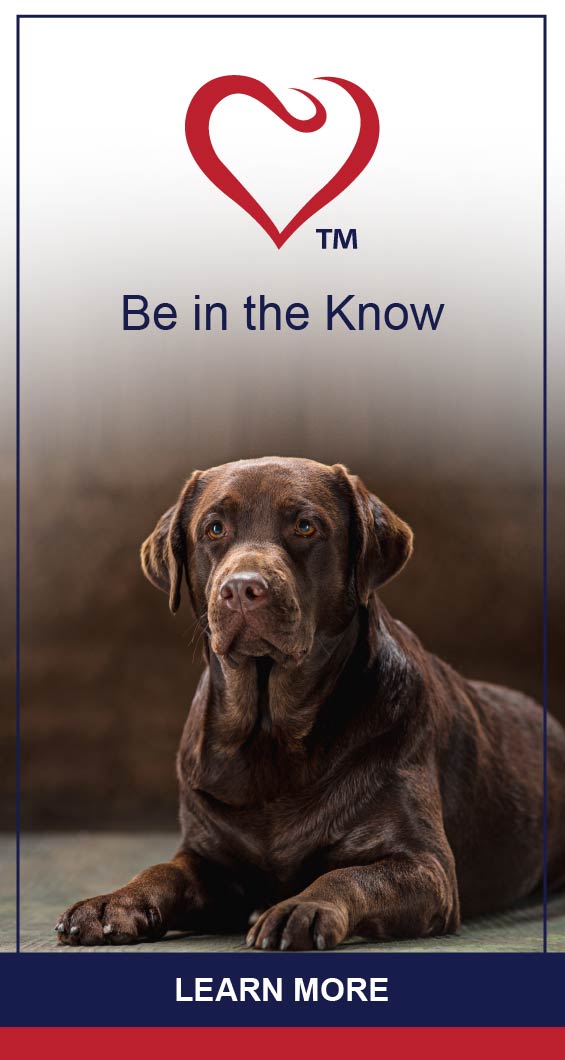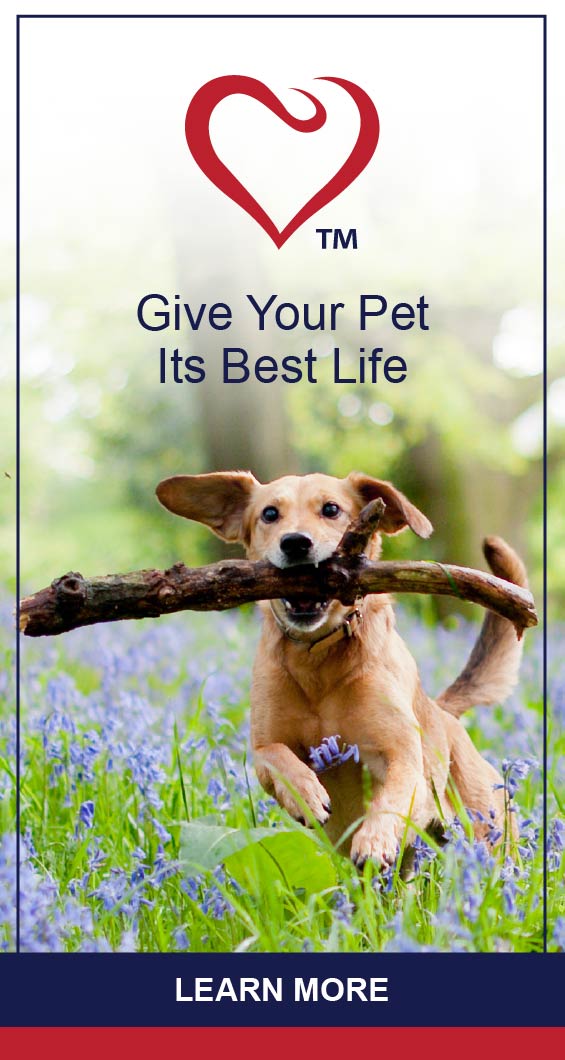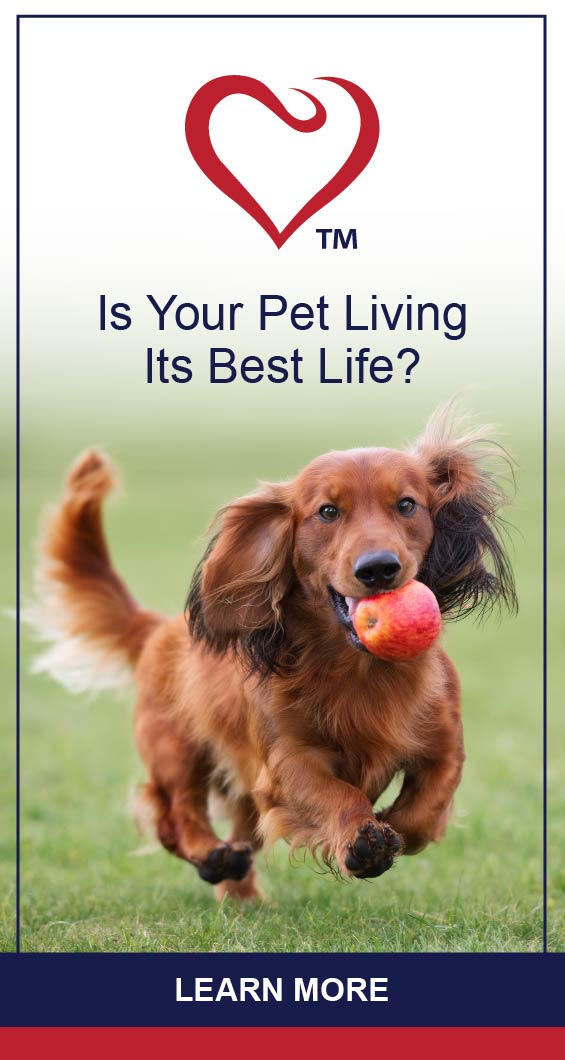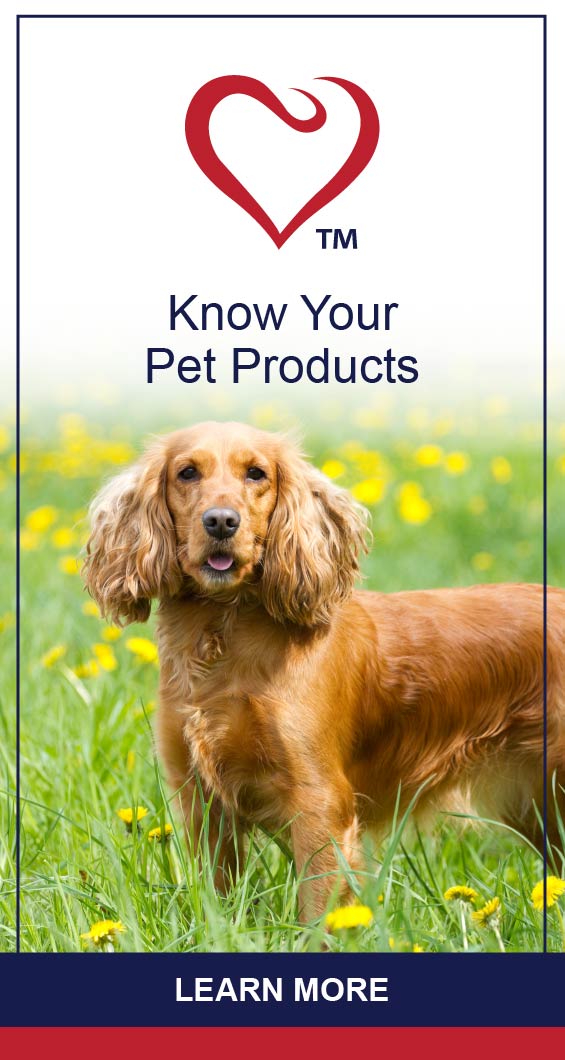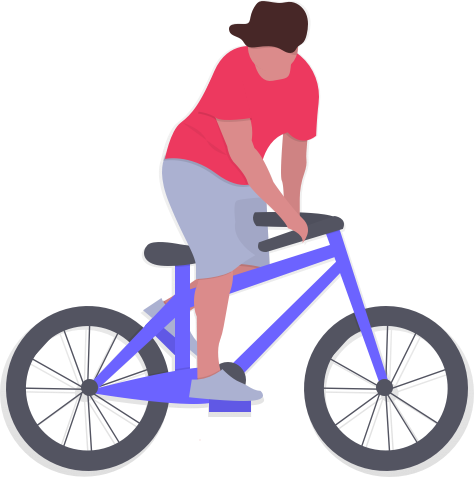
TRENDING

SIGN UP and Start Receiving
Our Monthly Newsletter,
The Chronicles
Moving House With A Dog
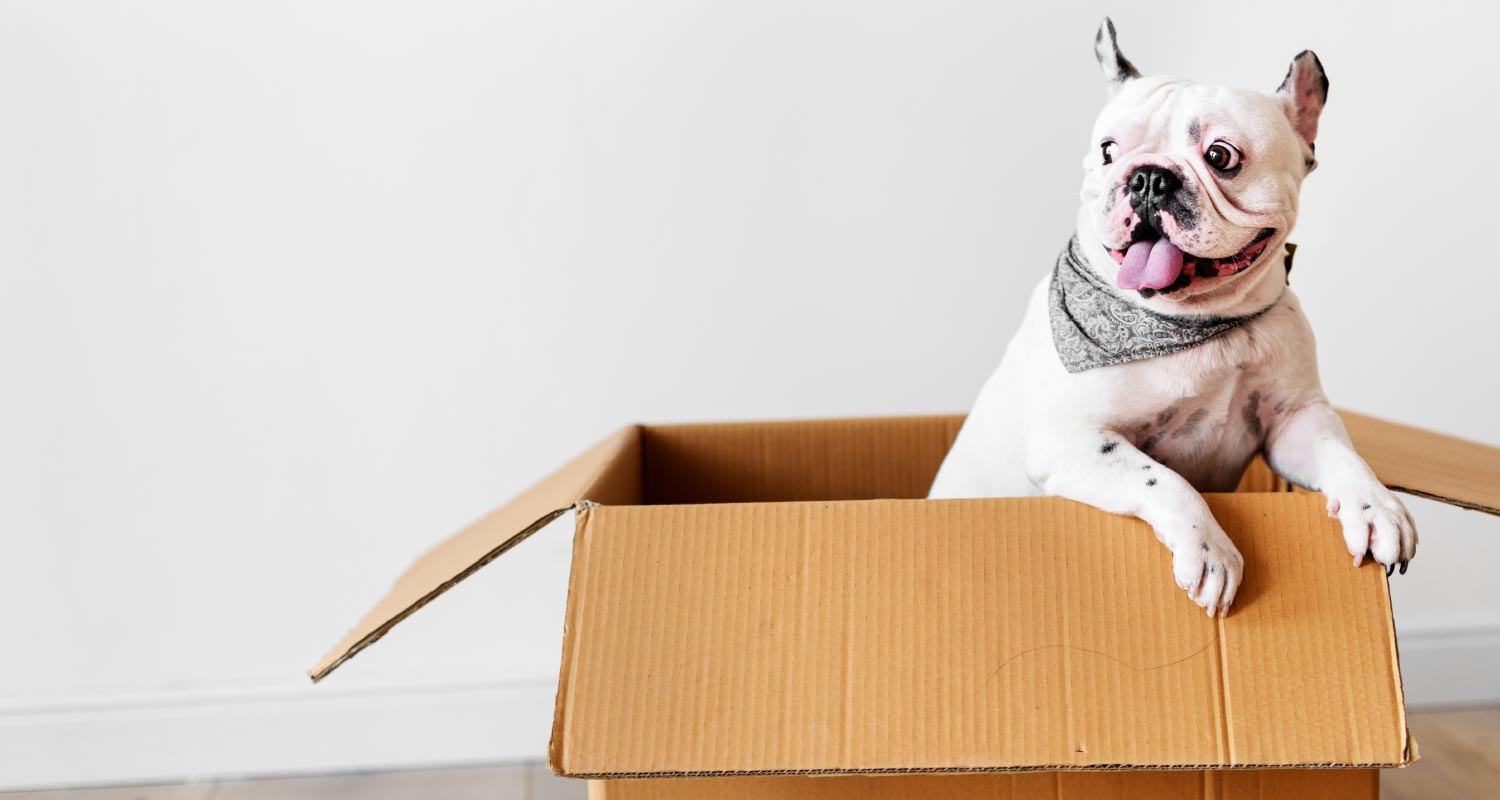
Moving is stressful for humans, but it’s even harder on pets. They don’t understand disruptions in their environment and routines and this can lead to stress, anxiety, illness and other behavioural problems.
Pets can even go missing when they try to search for their old territory. So, to minimise the trauma, give your pets a lot of love and attention and follow the advice below.
BEFORE YOU MOVE
- The week before you move: don’t give your pets less attention and don’t stray from their routines (feeding, walking, grooming, etc).
- A couple of weeks before the move: visit your veterinarian to get your pet’s history, vaccination certificates and other relevant documents. Make sure your pet has had all the necessary core vaccines required before arriving at your new location. A mild sedative could help older or ill dogs, so discuss this with your veterinarian. Relaxing herbal scents or medications can also help.
- While you’re packing: keep your dog in a secure, quiet room. You don’t want your pet to get injured if he gets anxious and tries to escape (while people are moving in and out). Make sure there’s enough familiar toys and unwashed blankets in the room to provide comfort. Also leave the travel crate or carrier in the room with the door open (make sure it won’t close accidentally). You want your pet to get used to the crate.
- When moving day arrives: you can decide whether to leave your dog with friends, family or at a boarding kennel if you think it might reduce stress.
- Don’t pack: your dog’s bedding, toys and other items until the last minute. They need the familiarity. Only wash their bedding a couple of weeks after you’ve settled into your new place. Familiar smells in the new home can help a lot.
- Only moving a couple of blocks away? Take your dog to the new location as often as possible. Stay calm and relaxed to show your dog it’s OK. To avoid runaway situations, safely but securely confine your dog to the new house so he doesn’t go looking for his old home. Taking your dog to a boarding kennel for a week before introducing him to the new home could help avoid a search for his old home.
NOTE: Unlike boarding kennels, breeding kennels produce puppies while training kennels take in dogs for hunting, protection and other types of specialised training.
KEEP THIS TRAVEL CHECKLIST HANDY
- Leash, collar and harness
- Poop scoop and poop bags
- Paper towels and wet wipes
- Treats and toys for comfort, playing and chewing
- Crate, crate liner, towels, blankets, bed and a pillow
- Veterinary records, certificates and a recent photo of your dog
- Lots of water from your old home and your dog’s usual food
- Food and water bowls, a can opener if necessary and containers to keep food sealed
- Everything else you’ll need for the first day at the new home
Feed your dog 12 hours before a long trip and ask your veterinarian for anti-sickness medication if your pet suffers from motion sickness.
REMEMBER THE FOLLOWING DURING THE MOVE
- Make sure your dog is microchipped.
- Make sure your dog’s identification tags are in a good condition.
- Always check that the travelling crate is safely secured before starting the car.
- Stop as often as necessary for toilet and water breaks, especially if it’s a hot day.
ONCE YOU ARRIVE AT YOUR NEW HOME
- Make sure your dog can’t escape: look for gaps, check the wall height and inspect the boundary fence. If you need to patch up a hole or make other improvements, keep your dog in a safe place.
- First unpack items your dog are familiar with before showing him the new space.
- In the beginning, choose a small room where your dog can stay and become use to his new environment (while you’re carrying things in and unpacking). Don’t leave him without toys or comforting blankets with familiar scents.
- When venturing outdoors, keep your dog on a leash in your new neighbourhood.
- Use the water from your previous home (that you’ve brought along) before gradually introducing new water.
- Be patient and don’t punish bad behaviour which is most probably stress-related. Instead, try to reduce stress or visit your new veterinary if your dog looks ill. Don’t draw attention to little accidents; just clean it up. Use a product to remove the smell which will help avoid an ‘accident’ in the same are. Praise your dog when he urinates in the right place.
- Don’t forget to update your address details if your dog is microchipped.
- To help your dog adapt quicker, continue with their feeding, exercise and sleeping routines. Don’t reduce or increase attention as this may be confusing or cause behavioural problems.
- Frequent walks will help to make the new environment more familiar.
If you experience any troubling or ongoing issues, it would be best to visit your new veterinarian. Your dog may need medication. A few training sessions could also help. Enjoy your new home!
Related Articles
